https://www.youtube.com/watch?v=YwAI3Bg-ZmQ
BMW GS HISTORY PART 1

Riding in the dirt in the beginning , it was a necessity .
The roads that we take for granted today didn't exist when the first BMW motorcycles were developed today .
Finding good roads isn't a problem .
And the machines we build are better equipped than ever to take advantage of them .
But some of our most loyal customers continue to ride in the dirt .
And our best selling motorcycle ever is a bike designed to be as capable off the road as it is on the road .
2010 marks the 30 year anniversary of the BMW G S motorcycle for three decades .
This legendary machine has been crossing borders and shattering the boundaries of what a motorcycle can be .
But what makes the G S unique and why has it become the icon of adventure riding ?

BMW engines were first tested by legendary fighter pilots like Baron Manfred Von RTO , the infamous Red Baron over the skies of Europe in the early 19 hundreds , renamed the Bavarian Motor Works on July 21st , 1917 BMW S origins began with the Rap Motor works , an airplane engine company established in Munich after World War one , the Treaty of Versailles effectively ended Germany's aero engineering programs and the BMW engineers began focusing on small engines for motorcycles .
At the helm of the company's engine design group was a young Austrian Air force officer named Max Fritz , originally responsible for aircraft engines like the BMW three A Fritz turned his attention to motorcycles .
The bikes developed were used and tested on the soil in which they were created .

The Bavarian Alps , a rugged environment with unpredictable weather and tightly winding roads .
You start in the sunshine , you can get into the rain , into snow , into hail , you get standard good road , you can get on gravel roads and this is the normal motorcycle ride of life .
Everything is offered there from type of surfaces that you have , types of weather that you have and this is basically a neat place to test bikes .
September 28 1923 the day BMW changed the motorcycle industry forever .
At the Berlin Automobile show BMW unveiled its first fully manufactured motorcycle .
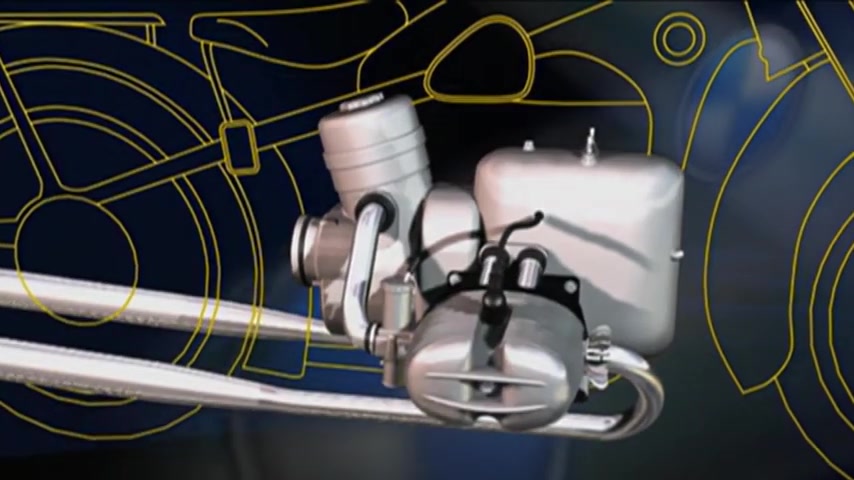
The now iconic R 32 in 1923 the first motorcycle with a transverse mounted engine and shaft drive the BMW R 32 BMW S flat twin engine was revolutionary to overcome the heat problems suffered by the rear cylinder in a typical horizontally opposed configuration .
Designer , Max Fritz rotated his engine 90 degrees , placing it at a right angle to the direction of travel , he then mounted the gearbox directly to the engine .
This enabled him to run a shaft to a bevel drive at the rear wheel .
Instead of using a chain drive , the bevel design had also proven itself on airplane engines and Fritz took full advantage of its inherent reliability , lower vibrations and reduced maintenance requirements .
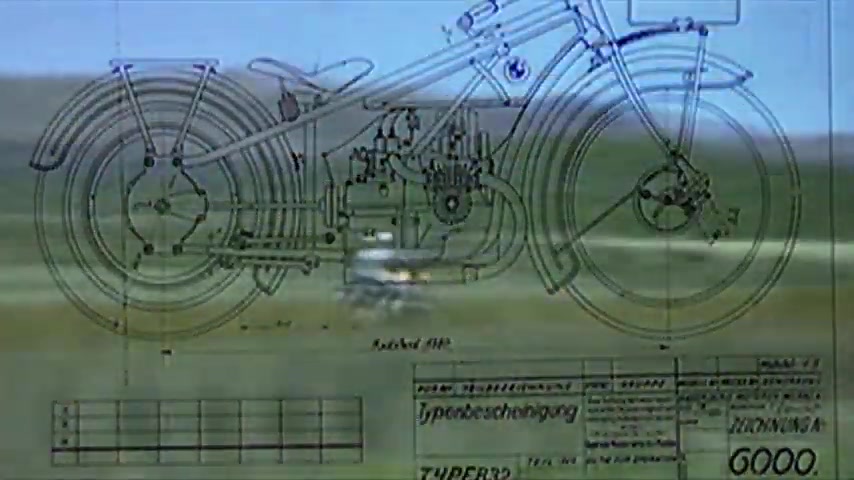
The boxer engine used on today's most powerful GS motorcycle is a direct descendant of the engine used on the R 32 motorcycle of 1923 .
At that time , our machines attained something like the perfect design .
It was with these models that BMW established the reputation of the blue and white badge .
Very soon BMW motorcycles were to dominate race tracks around the world in sporting competitions .
They were among the front runners from the very start .
BMW .
Second bike was a racing machine .
The R 37 designed by engineer Rudolph Schleicher in 1926 Schleicher became the first German to win gold on British soil when he brought the R 37 to the six days in a row in England .
BMW .
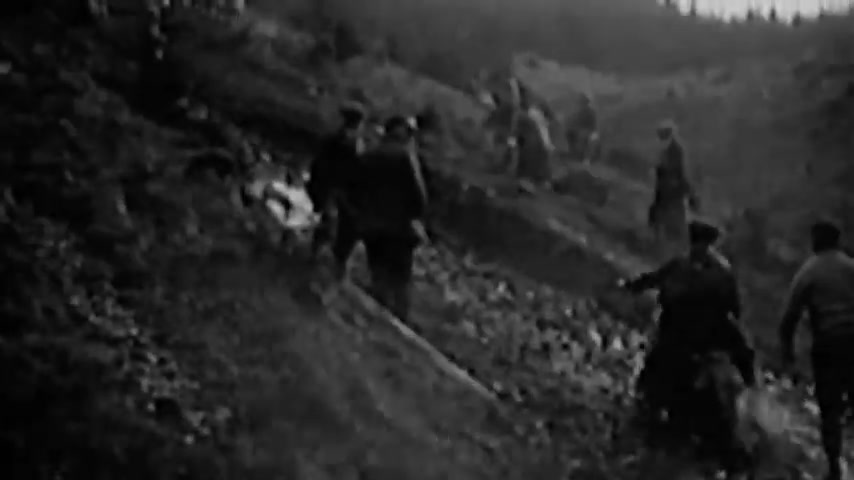
S most respected racers at the time were equally at home on the track or in the dirt with Ernst 10 being the archetypal all around rider , whether in the mud or through the water .
No challenge was too great for BMW S early riders .
What was perhaps different in those days when it came to people like Ans Tenor was their wide ranging talent , Ans Tenor , not only claimed world speed records , he also competed in off road racing circuit racing and ice racing and was therefore much more of an all round talent than perhaps today's idols can aspire to be .
BMW has always used racing as a platform to push the limits of performance and competition .
As a testing ground for new technologies .

The telescopic front suspension was one of the company's most enduring early innovations and it remained in use on all of BMW S production motorcycles until 1993 when the new tele lever suspension appeared first on a sport touring boxer and then the new R 1100 G S in the 19 forties , BMW began making motorcycles for the German military .
The R 71 model was such a utilitarian workhorse that the United States government asked Harley Davidson to build a model like the BMW and the Russian motorcycle manufacturer makes a similar model to this day .
The ultimate sidecar machine was the R 75 a £925 monster that featured nine gears and could ride over almost any terrain while carrying two people and a machine gun .
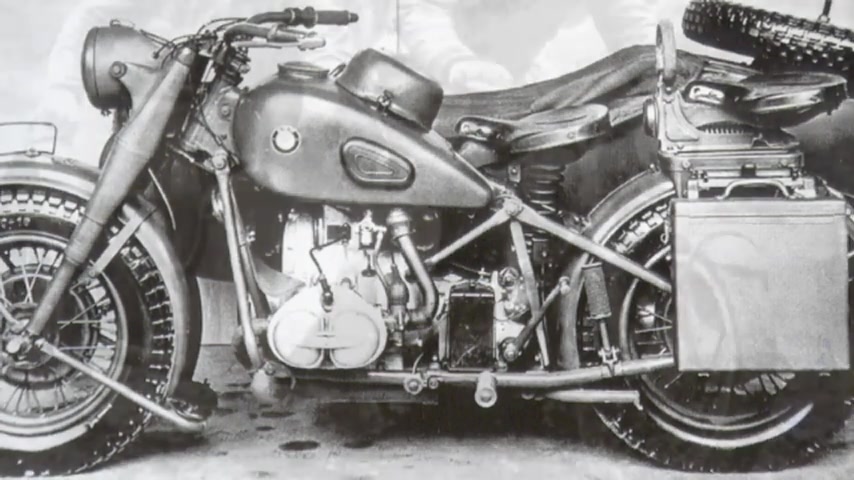
It was the King Tiger of the motorcycle battlefield when Germany was invited back to the six days in Duro in 1951 .
BMW continued to make improvements to their off road motorcycles .
This time , the bikes were increasingly different from the production models with larger front wheels , raised exhaust systems , telescopic forks with gators , protective oil pan covers and crash bars compared to the lighter two stroke machines .
Of the day , the heavy BMW models were seen as relics from the past .
In 1963 a new frame and suspension was unveiled which resulted in a shorter wheel base and improved ground clearance .
The new bike won the German off road championship in 1964 and 1965 .
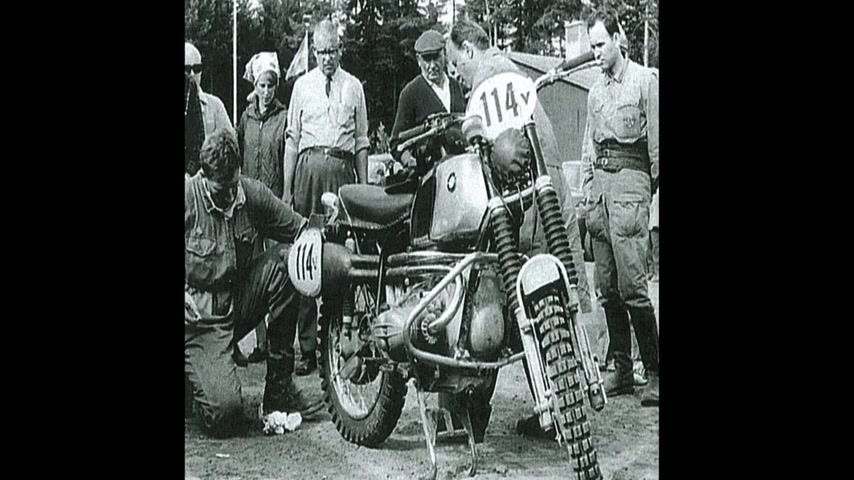
These technological developments led BMW by the end of the decade to release a new model range , the slash five which marked the beginning of BMW S modern era .
Are you looking for a way to reach a wider audience and get more views on your videos?
Our innovative video to text transcribing service can help you do just that.
We provide accurate transcriptions of your videos along with visual content that will help you attract new viewers and keep them engaged. Plus, our data analytics and ad campaign tools can help you monetize your content and maximize your revenue.
Let's partner up and take your video content to the next level!
Contact us today to learn more.